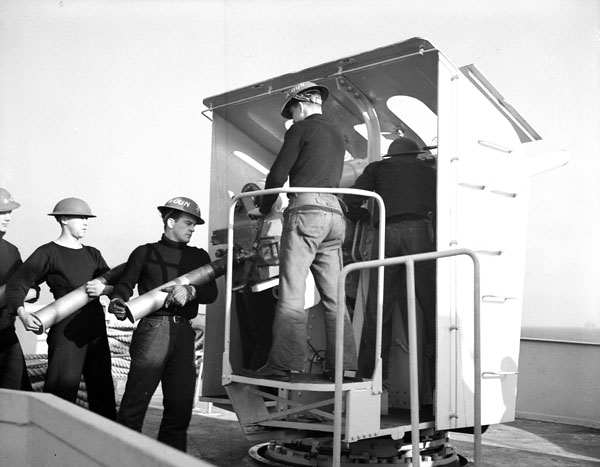With the start of World War One, the Panagaean Navy put the War Emergency Cruiser design into production. Orders were placed for six ships. Four in 1914, and a further two in 1915. They would be completed, two in 1916, three in 1917 and one in 1918. It was expected that the twin 6" fitted to the previous two classes would be in short supply as the new battleships that would have priority required eight turrets each. It was decided only one turret would be fitted forward and three single 6" guns would be fitted aft. Even though they were smaller than the previous Condor class they squeezed the same machinery plant into the hull. As many parts as possible were copied over to these ships as well as the machinery. This helped to speed up production and get the ships into service.

The ships were completed post-Jutland, and were used on the convoy routes as escorts. Besides racking up a fair few miles on the clock, at slow speeds, none of the ships came close to receiving any damage. They were almost pristine and looked great at Fleet reviews. 1936 and the class was taken in hand, two by two, for refits to AA cruisers. The main armament would be three twin 4", with four of the original single 4" retained and converted to AA use. With the two converted Fox class, there would be eight AA ships available for screening the battleships and aircraft carriers.
.png)
Where the Condor and Bittern classes were General Purpose cruisers, they got used everywhere and their losses reflected this. The Albatross class being AA cruisers were tied to the battleships and aircraft carriers of the main fleet. When Japanese and German attacks came at the fleet, not unsurprisingly, they went for the CV's and BB's first. Small cruisers were a long way down the list of targets. The most likely event would be getting strafed by fighters on flak suppression runs, or by the bombers after they had dropped their loads on something bigger. Only the Petrel of the class was lost. 1943 and the Fleet was heading for the Kula Gulf hoping to catch the Japanese destroyers that had sunk the USS Helena. The Japanese were aware that forces would be coming to avenge the Helena and had dispatched two submarines to the area. Only one got a salvo away at the Panagaean Fleet. Three misses and one hit. The one hit is on the Petrel. A destroyer is sent out on the bearing of the torpedoes but has no contact, after twenty minutes searching it returns to assist the Petrel which is falling behind the fleet. The submarine is still around and calmly loading torpedoes for another try. The speed of the Petrel is slow enough that the submarine can just keep pace. The destroyer is circling and pinging away with its asdic, no contact. "Torpedoes in the water!" comes the cry. The submarine has fired a salvo of six. Three at each target, two hit the Petrel, and one hits the destroyer in the bow as it heeled to comb the tracks. Luckily for the destroyer the submarine has only its two stern torpedo tubes left, but by the time it swings round the destroyer has made contact on asdic with the submarine and the Hedgehog mortar bombs are on the way. The asdic registers three explosions and then breaking up sounds as the submarine fills with water and dives for the depths. The Petrel is on its side and the remainder of the crew is heading for the boats and liferafts. The destroyer comes near and launches its own boats to assist with getting survivors out of the water.
